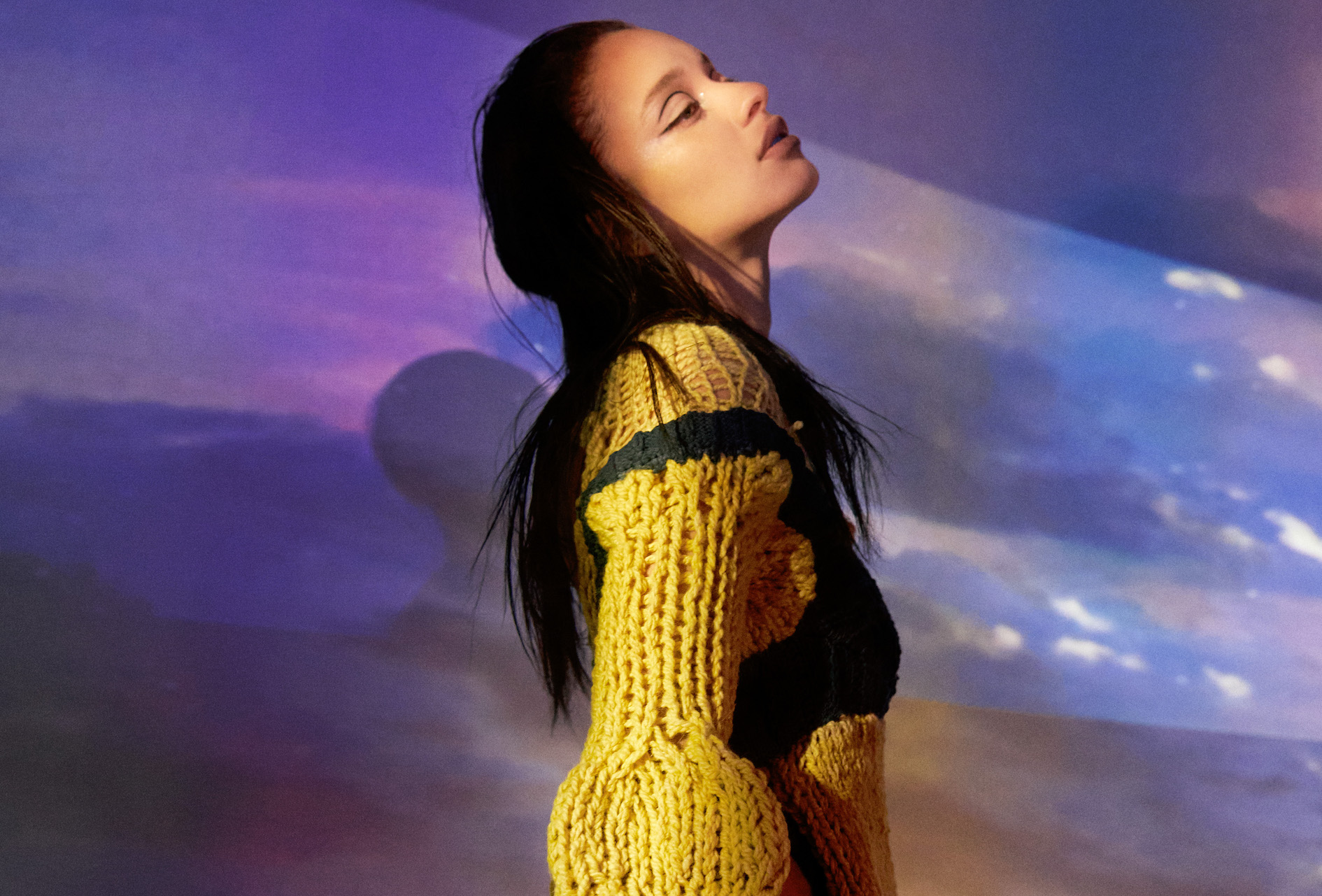
Redress Design Award: Meet Laura Krause
Putting sustainable design talent in the spotlight, the Redress Design Award aims to educate emerging designers about sustainable design theory in order to promote a circular fashion economy.
Taking into consideration the economical, environmental and societal impacts of a product’s lifecycle, the competition encourages designers to use a combination of zero-waste, upcycling and reconstruction techniques to create their sustainable collection. The ten finalists from around the world will compete in the grand final this Thursday, live streamed on Facebook, providing a global platform for the people in fashion making a difference. We caught up with Australian designer Laura Krause, one of the womenswear finalists, to learn more about the competition, her collection ‘Songs of the Bush’ and how she is changing the future of fashion.
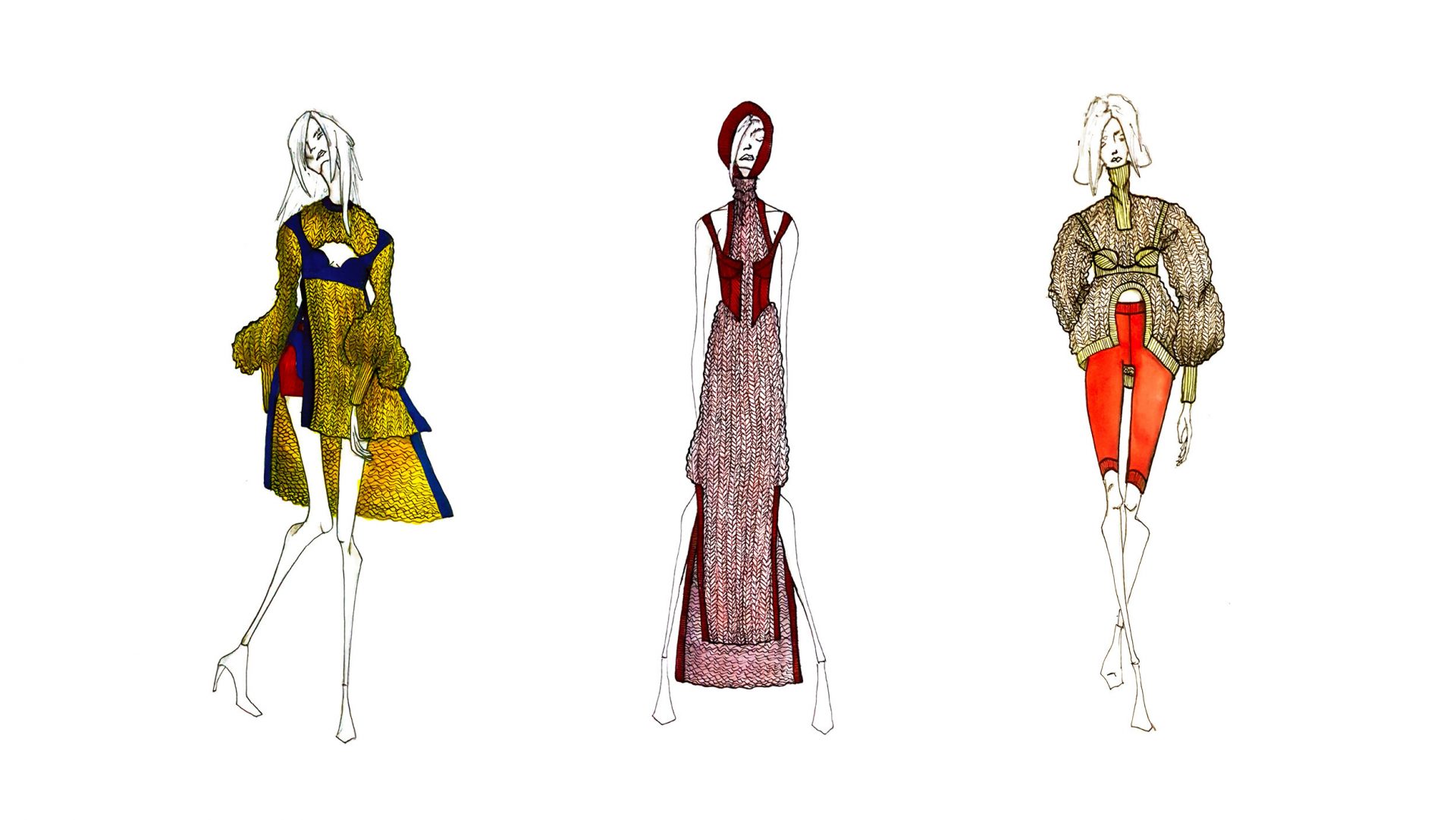
What inspired you to start your brand? Has ‘slow fashion’ always been important to you?
In my final year of uni at Polimoda in Italy, we were encouraged to apply for internships but I really struggled to find a knitwear brand that reflected my aesthetic. I had always liked the idea of starting my own brand but never really had a clear image of what that would look like. It was during this time that I really started to formulate my brand concept. In a perfect world I would have loved to have launched my brand in 2021 but unfortunately 2020 has been full of unforeseeable circumstances.
I think growing up I was always conflicted by the idea of slow fashion. As a teenager in particular the culture was very much driven by ‘buy-now buy-fast’. It really was quite addictive. It was probably going into my first year at QUT that I really started to realise how much of an impact my own buying behaviour was having. From there I continued to seek out more information on sustainable fashion and my behaviour just kind of changed really organically along with it.

Your nominated collection ‘Songs of the Bush’ was inspired by the birds lost in the devastating Australian bushfires earlier this year. Why do you think fashion can be such a powerful tool for making a political statement (particularly regarding climate change)?
Over the last century fashion has often been used as a platform for promoting change and making political statements and with the growth of social media we have seen this increase exponentially. In my opinion, fashion has been such a successful tool for pushing various causes because it is something that is relatable to all consumers.
We all contribute to fashion each and every day in deciding what clothing to put on. Fashion empowers consumers to make changes in their own lives that contribute to the causes they care about and, thanks to social media, continue to share and spread the message amongst their own network.
I grew up in the city but have always loved going out and spending time in the bush. It’s something about how staggeringly different the look and feel of the landscape is that makes the city seem like an entire world away. It’s my escape from all the stress and worries of reality. I really wanted to bring that sense of freedom and escapism to this collection.
Fashion has been such a successful tool for pushing various causes because it is something that is relatable to all consumers.
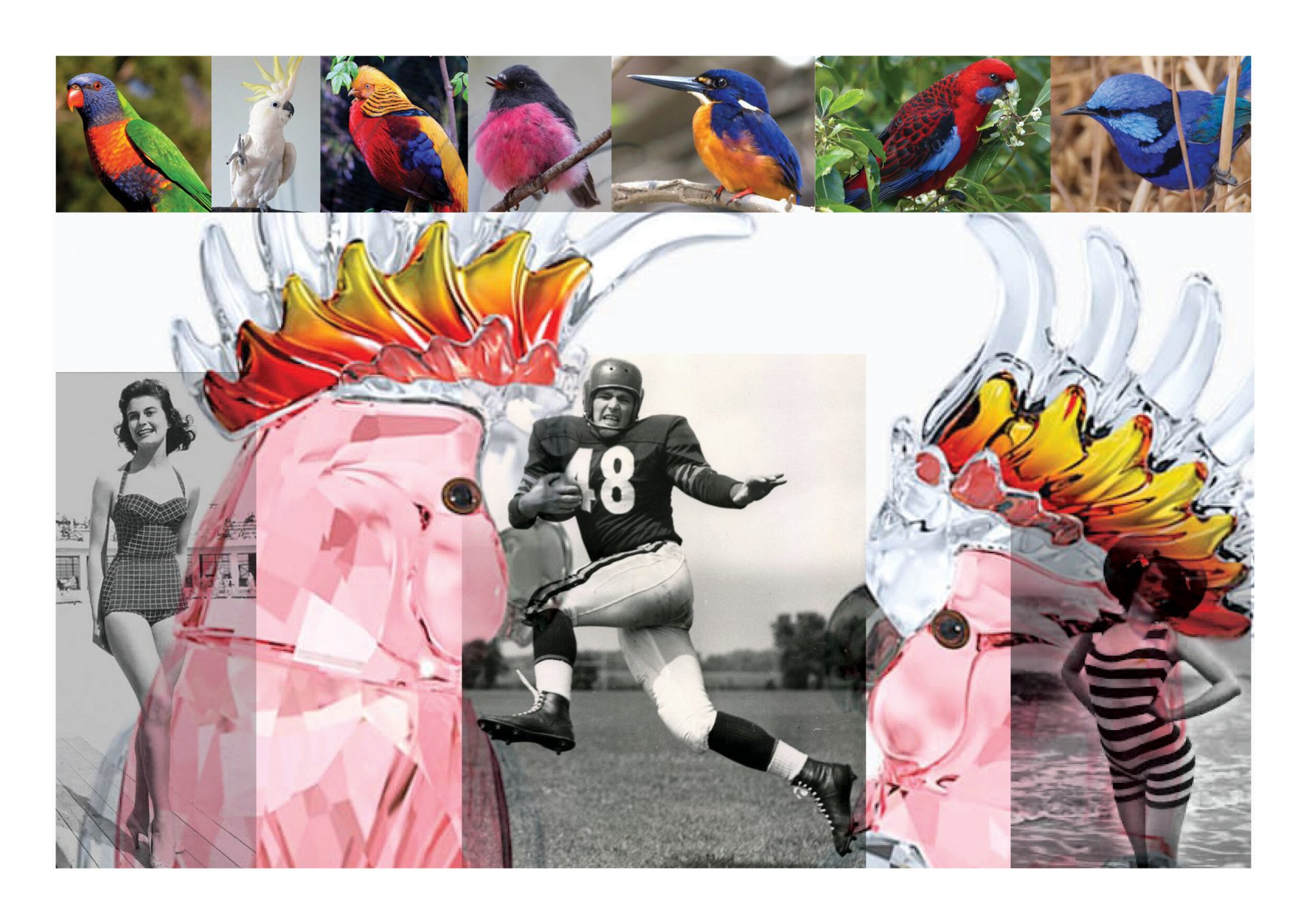
You’ve juxtaposed American football uniforms with ultra-feminine swimwear. Do you find power in duality?
I’ve always been drawn to opposing ideas. I love the conflict; it really encourages depth of thought which is where I find my most compelling ideas. For this collection I was really intrigued by how a uniform designed with utility and functionality at its core was, in actuality, distorting the silhouette to reflect typical modern ideals of male beauty. When searching for an element of contrast I was naturally drawn to women’s swimwear styles of the 1950s which used corset-style lines to give the impression of the aspirational hourglass shape.
I’ve always been drawn to opposing ideas. I love the conflict; it really encourages depth of thought which is where I find my most compelling ideas.
All the pieces are hand-knitted from recycled wool and cotton. Can you tell us a little bit about your process from conception to creation?
My process tends to involve a lot of time spent in my own head. I am a very visual thinker. Throughout the entire design process I constantly stop to envision the transition from two dimensional to three dimensional, sketching changes and writing page after page of construction notes as I go. In design school they actually discourage you from writing during the design process but I can’t work without it. I have to get all my ideas down on paper from start to finish.
When it comes to the creation part I’m a big fan of trial and error. The best part about knitwear is that it can be unravelled. As I work I always find a better method or a more refined idea so it tends to be very much two steps forward, one step back. The whole process probably seems chaotic from the outside to be honest but for me it’s very organic.
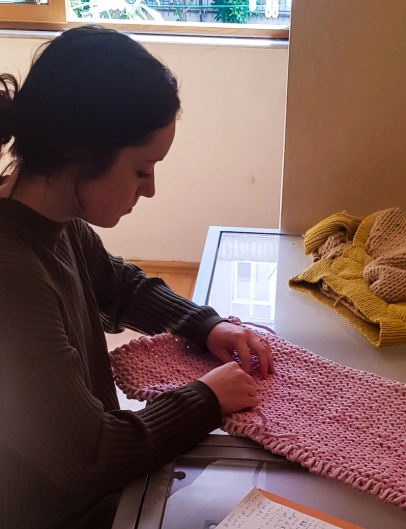
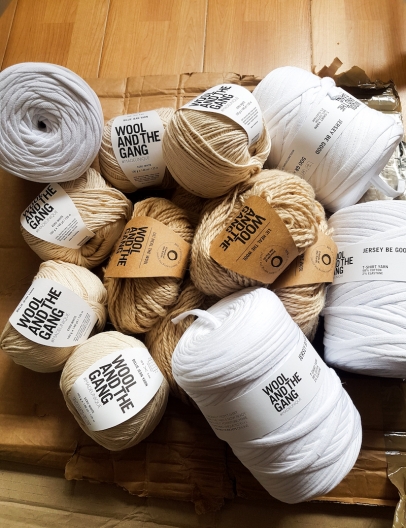
Why are function and flexibility so important to you?
Function and flexibility are essential in design. As much as I love to push my work creatively, at the end of the day, garments need to fit a purpose. They need to not only fit to the body but be comfortable and practical enough to allow the wearer to continue on with their day-to-day routine. Clothing has to have a purpose or it’s no longer clothing, it becomes art. And that’s not to say there’s no place for art and fashion to coexist, it’s just not what I got into fashion to create.
In the race to build fast fashion empires we have allowed the industry to become irresponsible and unaccountable. I think it’s time brands looked inward and evaluated how to become more transparent and inclusive.
What do you believe is the future of fashion?
In the race to build fast fashion empires we have allowed the industry to become irresponsible and unaccountable. I think it’s time brands looked inward and evaluated how to become more transparent and inclusive. I would also love to see fashion become more local. I think it’s time we slowed things down and focused on local brands that strengthen local talents, manufacturers and supply chains. The current pandemic has shown just how vulnerable we are when relying on global supply chains and I think we will start to see the trend shift back towards rebuilding domestic industries which will create great opportunities for smaller, local brands who currently struggle to compete with large conglomerates.
Tell us about your experience with Redress…
Redress has had an incredible impact on my life this year. From dealing with the harsh realities of lockdown and living in a global pandemic (in a country where I don’t speak the language) it really allowed me to keep in touch with myself by having a positive and familiar outlet for everything I was feeling. It’s also been a fantastic learning experience as I really had to think about how each decision I made would impact the circularity of the final garment. Overall it’s been invaluable and I will definitely be taking on what I have learned and putting it into my own brand.

